When Mazda developed its Skyactiv-X Spark Controlled Compression Ignition (SPCCI) engine, it perfected one of the most elusive concepts since Nikolaus Otto’s first thumper clanked into life nearly 150 years ago. Why? Getting petrol to ignite in the same way as a diesel by compression instead of a spark had been an engineering holy grail for a long time.
Auto Ignition, Combined Combustion System and Gasoline Compression Ignition are all names used for similar past projects by others attempting to perfect the same concept. The proper name for the underlying concept behind all of these (including SPCCI) is Homogeneous Charge Compression Ignition (HCCI).
With HCCI engines, the fuel is evenly – homogeneously – mixed in the combustion chamber. It’s lean, too, with extra air supplied by a supercharger-like pump. Compression ignition exploits the fact that if you squeeze air enough, it gets hotter (try closing the end of a bicycle pump with your thumb). It’s how sparkless diesels work and why they need a much higher compression ratio than petrol – and it’s why some billed the HCCI concept as the merging of petrol and diesel engine technology.
But why bother and what are the advantages? Plenty, according to many industry gurus. When fired by HCCI, the fuel air charge ignites as a whole throughout the combustion chamber. In a conventional spark-ignition petrol engine, fuel is ignited at the spark plug and then spreads along a flame front. The benefits of doing it the HCCI way include reduced fuel consumption and CO2 emissions and fewer oxides of nitrogen (NOx).
Back in 2001, Lotus Engineering developed a system where the fuel was ignited by hot exhaust gases re-ingested into the engine, to achieve much the same goal as Mazda. Ricardo also produced research engines, and in 2007 Volkswagen demonstrated its prototype Gasoline Compression Ignition engine based on a FSI petrol engine. Like the Lotus concept, it used high levels of exhaust gas recirculation (EGR) to ignite the fuel.

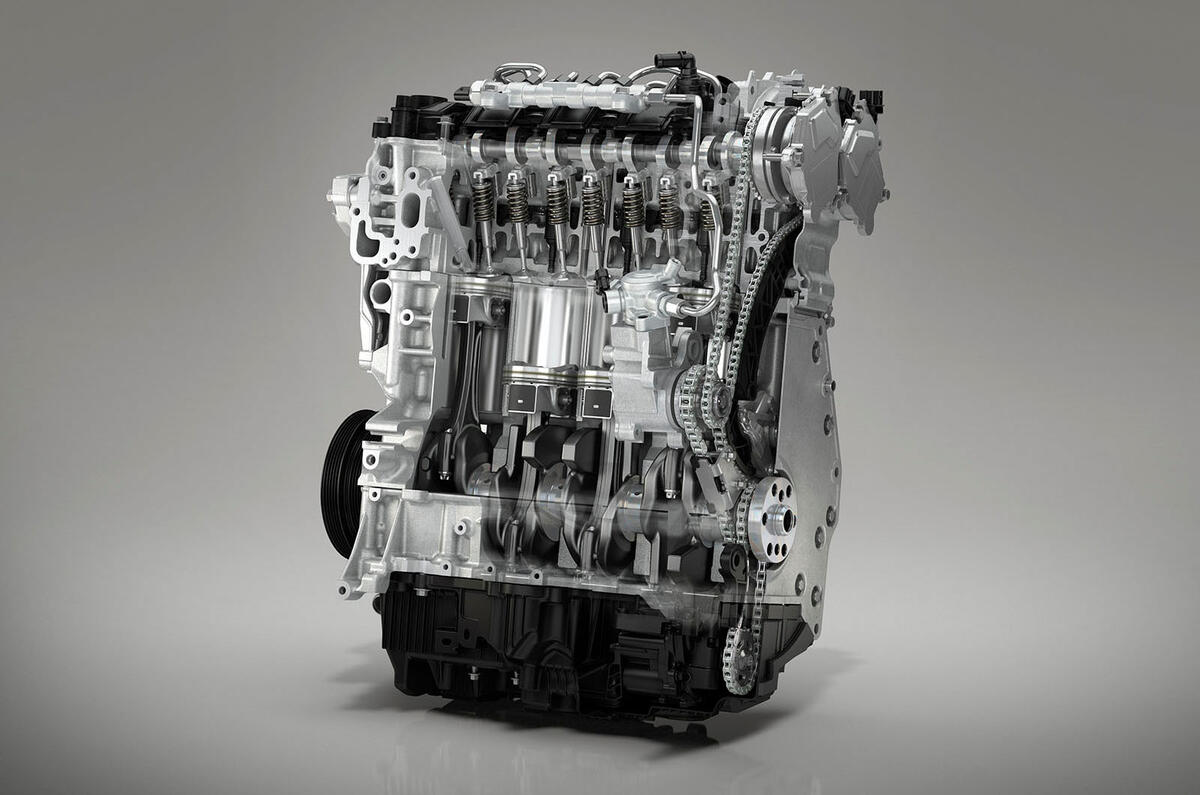
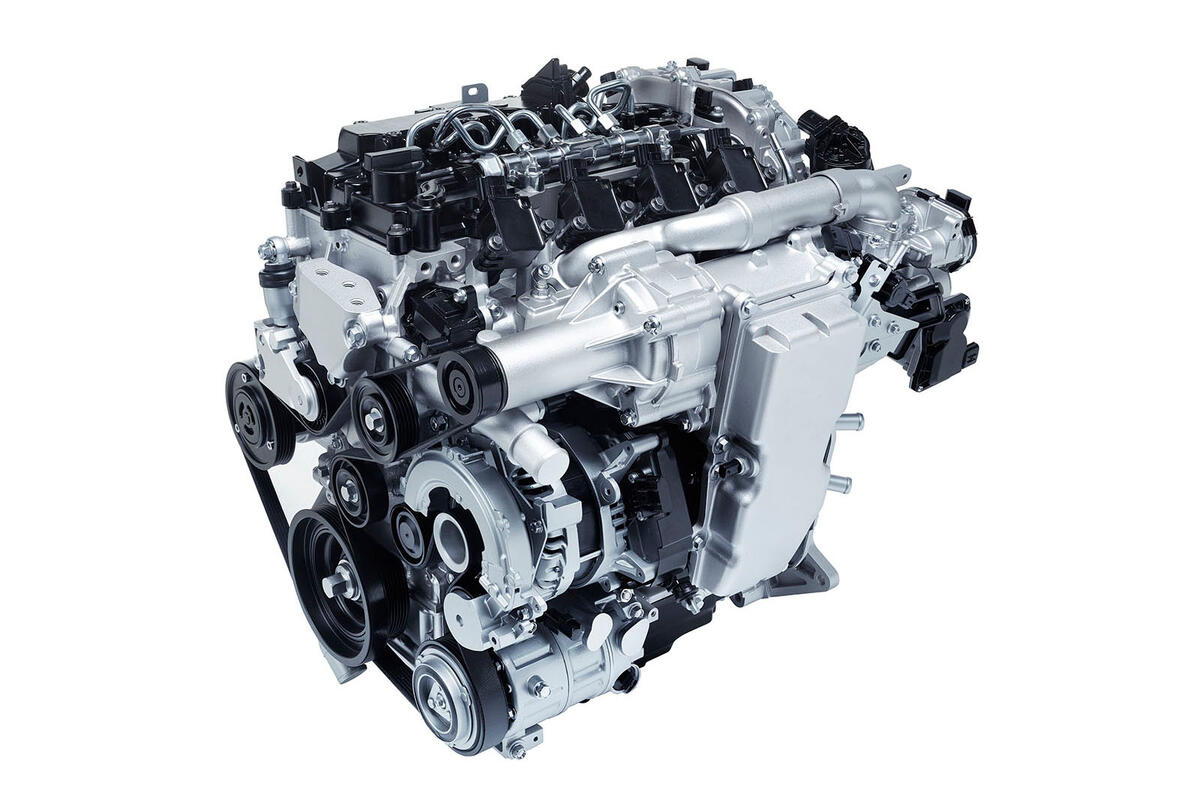
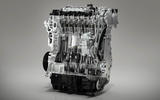
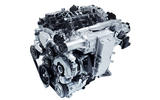

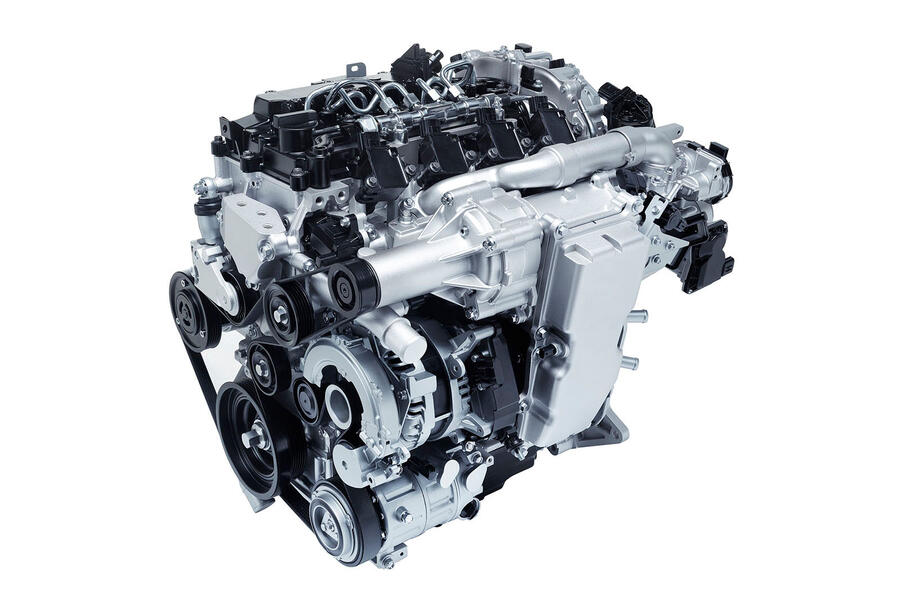
Join the debate
fadyady
Interesting
Real_sluggo
matters not
HCCI or not, petrol is a fair more to refine than diesel. This is going backwards if cost is involved: where I live at present, diesel is 3.00 US dollars per gallon; petrol is 3.99 US dollars, with summer blends coming, petrol will rise even more.
So a cleaner burning petrol motor isn't going to lower a driver's fuel bill if the refinery hasn't found a better and more efficient cracking method for said petrol...
Add your comment